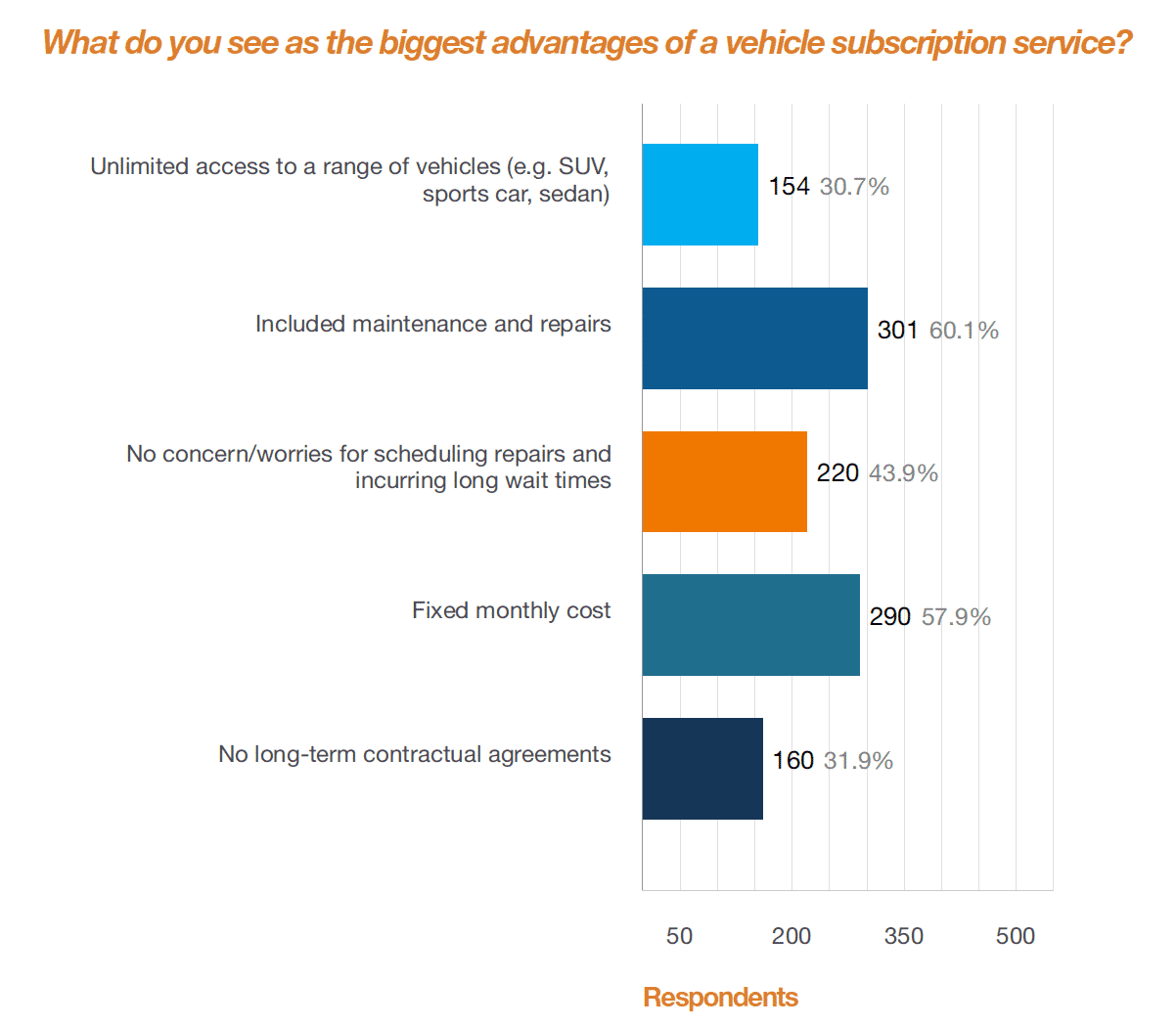
Just a few decades ago, if someone had told you that we’d one day be hailing nearby vehicles to come pick us up after dropping a location pin on a tiny computer in our back pockets, you’d look at them like they just said the Beatles weren’t the best band in the world. In fact, the ideas that cars could one day run on electricity alone, contain smart technology that far surpasses early spacecraft, or even drive themselves, were practically science fiction – yet, today, they’re just some of the many technology advancements on the horizon for the automotive industry. But the innovation shaking the industry to its core? Car subscription services.
Car subscription services represent a fundamental paradigm shift for the average automotive consumer. Instead of buying – or even leasing – consumers will subscribe to their cars just like they do with Netflix or Spotify. This means that the manufacturer and their dealers become responsible for maintenance and repairs, because the customer is paying for always available “access” to the car. In other words, maximized product uptime is now the delivered value, and if a manufacturer can’t deliver on that promise, the consumer will simply cancel their subscription and subscribe to another brand that can.
So, how does this differ from a leasing program? Take Care by Volvo for example: Volvo’s subscription program is something of a middle ground. While the pricing doesn’t include taxes or regulatory fees, as many other car subscription services do, and you can’t swap cars by the day or rack up major miles, subscribers do get to swap cars a bit more often — and drive a bit farther — than on a typical leasing program. Added bonus: subscription pricing does cover maintenance, repairs and insurance.
According to our recent research, only 38% vehicle owners indicate that they’re familiar with the concept of car subscription services. And, despite the low awareness of car subscription services, interest is very high, with more than 57% of car buyers willing to consider a swap to subscription if maintenance, repairs and insurance are included in a flat monthly cost. In fact, vehicle owners indicate the following perceived benefits of car subscription services:

Ultimately, more than 42% of car owners indicate that they would be willing to pay a premium beyond their current monthly car payment to enjoy the benefits of car subscription services, which can only mean one thing: drivers want the benefits of subscription services, just without added cost.
And, at the end of the day, if the cost of an auto subscription plan remains more expensive than current car payments, maintenance costs and other costs of ownership, the winning brand will be the one to find the right balance between price and value. As existing car subscription services go, Care by Volvo is the most cost-effective by far. With a leasing cost just a stone’s throw away from the cost of subscription, plus a few preconfigured features more than the advertised lease example, extra miles, a damage waiver and the ability to swap cars after a year – subscription truly does make sense as a lease alternative.
The scary part is – if more of the major auto incumbents aren’t the ready to make the subscription model work in the same way that Volvo has, a new upstart could come out of nowhere and gain significant market share. That’s why auto manufacturers need to ask themselves, “What happens in between now and this future state, and how can we ensure we are equipped for success?” Auto manufacturers need to prepare now for the inevitable shift, which will transform manufacturers into fleet owners who must do everything they can to maximize product uptime. And, it all starts by working to develop a subscription service business model that’s both scalable and profitable.
–
Syncron recently set out to understand how automotive customers view the dealer service experience today and what their expectations are for the future, surveying 500 vehicle owners across the U.S. and Europe. Their responses helped shape this report, intended to inspire and motivate auto manufacturers as they navigate today’s ever-changing customer expectations and prepare their businesses for the seismic shift to the subscription economy.
